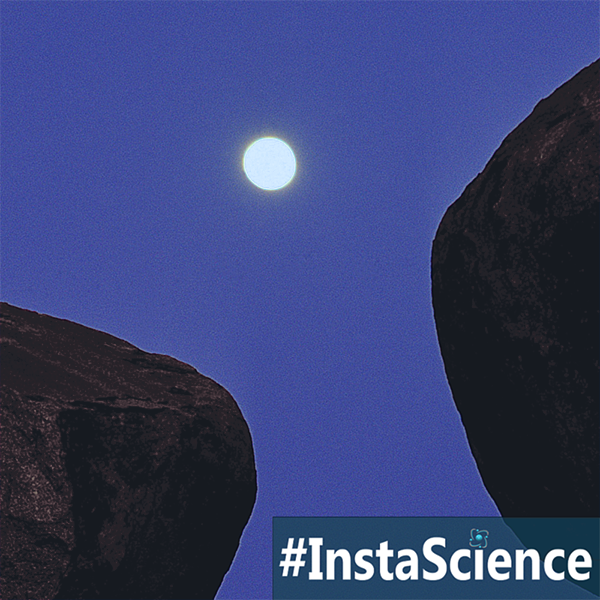
Did you know that a Blue Moon is not actually blue? And that there are two definitions for what a blue moon actually is?
The more modern definition of a blue moon says that it only occurs when there are two full moons in a calendar month. Since a full moon occurs about every 29 days, it’s bound to happen. According to this definition, the next Blue Moon will occur in January of 2018.
But there is another definition of a Blue Moon. One that says if there are 4 full moons in a season, instead of the usually three, then the third full moon is a blue one. According to this definition, the next Blue Moon will occur on the 21st of this month.
So, dust off your telescopes and get ready for the fourth full moon sighting of this season!
Fun Fact – The moon sometimes does appear to turn blue, but only when light is filtered through the smoke produced by a volcano or forest fire.
Teaching Science at Home
Want to learn more about blue moons? Check out the following articles:
- See a “Blue Moon” (along with Mars) on May 21
- What is a Blue Moon? Click here to learn more about Blue Moon from Space.com
- {Video} Watch and listen to a song about the Moon Phases
Related Homeschool Science Activities
Keep the learning going with these science activities!
- Learn about moon phases while eating Oreo cookies with this edible moon phases activity.
- Check out this Moon Spotting activity for the budding young scientists.
 Sign up below to receive weekly tips & tools for homeschool science and we'll send you a FREE copy of
Sign up below to receive weekly tips & tools for homeschool science and we'll send you a FREE copy of